De: R$ 0,00Por: R$ 440,72ou X de
De: R$ 0,00Por: R$ 440,72ou X de
| Origem | Literatura Estrangeira |
|---|---|
| Quantidade de Páginas | 276 |
| Acabamento | Capa Comum |
| Autores | Mohommad Shahid |
| Idioma | Inglês |
| Edição | 0 |
| Selo | GRIN Verlag |
 Uma viagem animal: a questão animal na teoria e na prática turística
Uma viagem animal: a questão animal na teoria e na prática turística
Telha
R$ 69,00 à vista Amor à criação divina
Amor à criação divina
Editora Viseu
R$ 68,28 à vista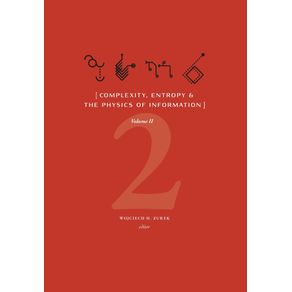 Complexity, Entropy & the Physics of Information (Volume II)
Complexity, Entropy & the Physics of Information (Volume II)
Santa Fe Institute of Science
R$ 153,12 ou até 3x sem juros Spectroscopic, Thermodynamic and Molecular Docking Studies on Molecular Mechanisms of Drug Binding to Proteins
Spectroscopic, Thermodynamic and Molecular Docking Studies on Molecular Mechanisms of Drug Binding to Proteins
MDPI AG
R$ 512,53 ou até 3x sem juros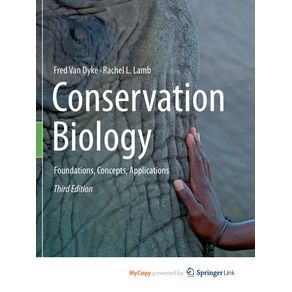 Conservation Biology
Conservation Biology
Springer Nature B.V.
R$ 316,98 ou até 3x sem juros Climate and Energy Decoded
Climate and Energy Decoded
Tushar Choudhary
R$ 103,69 ou até 2x sem juros Bioinformatics For Dummies
Bioinformatics For Dummies
John Wiley & Sons
R$ 200,07 ou até 3x sem juros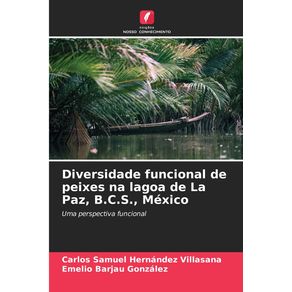 Diversidade funcional de peixes na lagoa de La Paz, B.C.S., México
Diversidade funcional de peixes na lagoa de La Paz, B.C.S., México
KS OmniScriptum Publishing
R$ 387,80 ou até 3x sem juros Domesticated
Domesticated
W. W. Norton
R$ 190,02 ou até 3x sem juros The Ethereal Aether
The Ethereal Aether
Univ of Chicago behalf of University of Texas
R$ 340,73 ou até 3x sem juros Biology (SL)
Biology (SL)
Extend Education
R$ 163,76 ou até 3x sem juros A Pesquisa na Engenharia de Produção I
A Pesquisa na Engenharia de Produção I
KS OmniScriptum Publishing
R$ 392,04 ou até 3x sem juros PLANET EARTH
PLANET EARTH
Talma Studios International
R$ 168,59 ou até 3x sem juros The Death of Bruce Lee
The Death of Bruce Lee
Lulu Press
R$ 164,44 ou até 3x sem juros Computational Physics - A Practical Introduction to Computational Physics and Scientific Computing (using C++), Vol. II
Computational Physics - A Practical Introduction to Computational Physics and Scientific Computing (using C++), Vol. II
Lulu Press
R$ 239,88 ou até 3x sem juros Conservation Biology
Conservation Biology
Springer Nature B.V.
R$ 316,98 ou até 3x sem juros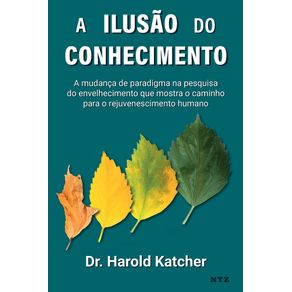 A ilusão do conhecimento
A ilusão do conhecimento
NTZ
R$ 129,02 ou até 2x sem juros Biology (Higher Level)
Biology (Higher Level)
Extend Education
R$ 138,36 ou até 2x sem juros The Analogical Concepts
The Analogical Concepts
Paideia Press
R$ 74,42 à vista Limits and Beyond
Limits and Beyond
Exapt Press
R$ 113,30 ou até 2x sem juros Bioinformatics For Dummies
Bioinformatics For Dummies
John Wiley & Sons
R$ 200,07 ou até 3x sem juros Anatomical Variation and Clinical Diagnosis
Anatomical Variation and Clinical Diagnosis
MDPI AG
R$ 317,86 ou até 3x sem juros The Ethereal Aether
The Ethereal Aether
Univ of Chicago behalf of University of Texas
R$ 340,73 ou até 3x sem juros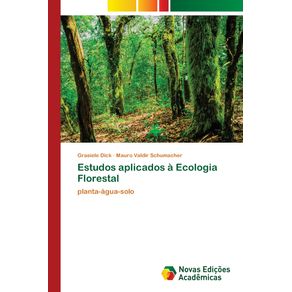 Estudos aplicados à Ecologia Florestal
Estudos aplicados à Ecologia Florestal
KS OmniScriptum Publishing
R$ 379,90 ou até 3x sem juros Biology (SL)
Biology (SL)
Extend Education
R$ 163,76 ou até 3x sem juros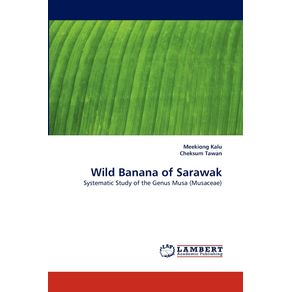 Wild Banana of Sarawak
Wild Banana of Sarawak
KS OmniScriptum Publishing
R$ 720,82 ou até 3x sem juros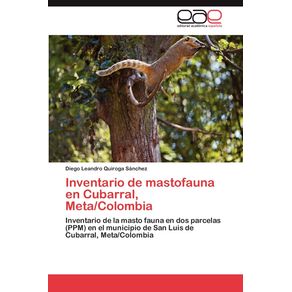 Inventario de Mastofauna En Cubarral, Meta/Colombia
Inventario de Mastofauna En Cubarral, Meta/Colombia
KS OmniScriptum Publishing
R$ 292,16 ou até 3x sem juros PLANET EARTH
PLANET EARTH
Talma Studios International
R$ 168,59 ou até 3x sem juros Experimentelle Beitrage Zu Einer Theorie Der Entwicklung
Experimentelle Beitrage Zu Einer Theorie Der Entwicklung
Springer Nature B.V.
R$ 703,19 ou até 3x sem juros Consciousness, Biofeedback and Neurotechnology
Consciousness, Biofeedback and Neurotechnology
Lulu Press
R$ 97,52 à vista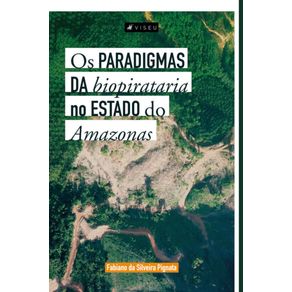 Os paradigmas da biopirataria no estado do Amazonas
Os paradigmas da biopirataria no estado do Amazonas
Editora Viseu
R$ 40,90 à vista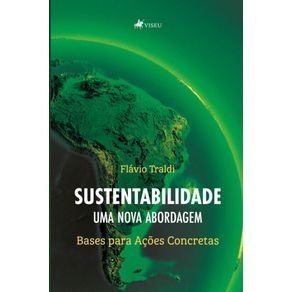 Sustentabilidade: Uma Nova Abordagem (Bases para ações concretas)
Sustentabilidade: Uma Nova Abordagem (Bases para ações concretas)
Editora Viseu
R$ 69,20 à vista Leitfaden in das Studium der Experimentellen Biologie der Wassertiere
Leitfaden in das Studium der Experimentellen Biologie der Wassertiere
Legare Street Press
R$ 144,66 ou até 2x sem juros Climate and Energy Decoded
Climate and Energy Decoded
Tushar Choudhary
R$ 103,69 ou até 2x sem juros Science and the Modern World
Science and the Modern World
Z & L Barnes Publishing
R$ 104,10 ou até 2x sem juros Science Meets Vedanta
Science Meets Vedanta
STAM Interactive Solutions Inc
R$ 169,72 ou até 3x sem juros Unintended Dystopia
Unintended Dystopia
Wipf and Stock Publishers
R$ 172,55 ou até 3x sem juros Nuclear Disaster in the Urals
Nuclear Disaster in the Urals
W. W. Norton
R$ 130,75 ou até 2x sem juros The Wisdom of the Body
The Wisdom of the Body
W. W. Norton
R$ 153,43 ou até 3x sem juros BIOINFORMÁTICA
BIOINFORMÁTICA
KS OmniScriptum Publishing
R$ 389,41 ou até 3x sem juros Wild Banana of Sarawak
Wild Banana of Sarawak
KS OmniScriptum Publishing
R$ 720,82 ou até 3x sem juros Twelve Contemporary Economists
Twelve Contemporary Economists
Springer Nature
R$ 813,35 ou até 3x sem juros The Theory of Schizophrenic Negativism
The Theory of Schizophrenic Negativism
Lulu Press
R$ 84,57 à vista Consciousness, Biofeedback and Neurotechnology
Consciousness, Biofeedback and Neurotechnology
Lulu Press
R$ 97,52 à vista Computational Physics - A Practical Introduction to Computational Physics and Scientific Computing (using C++), Vol. I
Computational Physics - A Practical Introduction to Computational Physics and Scientific Computing (using C++), Vol. I
Lulu Press
R$ 239,79 ou até 3x sem juros